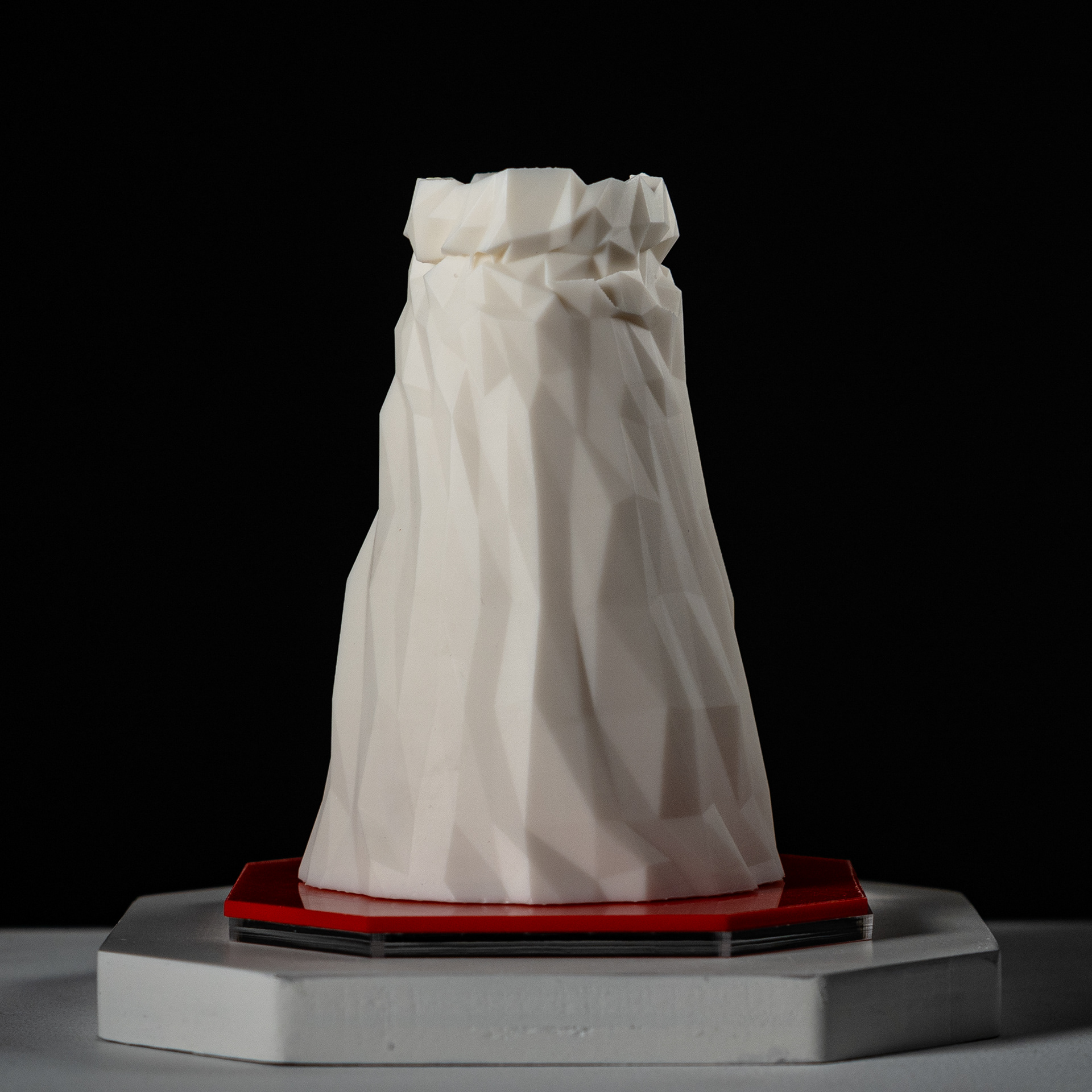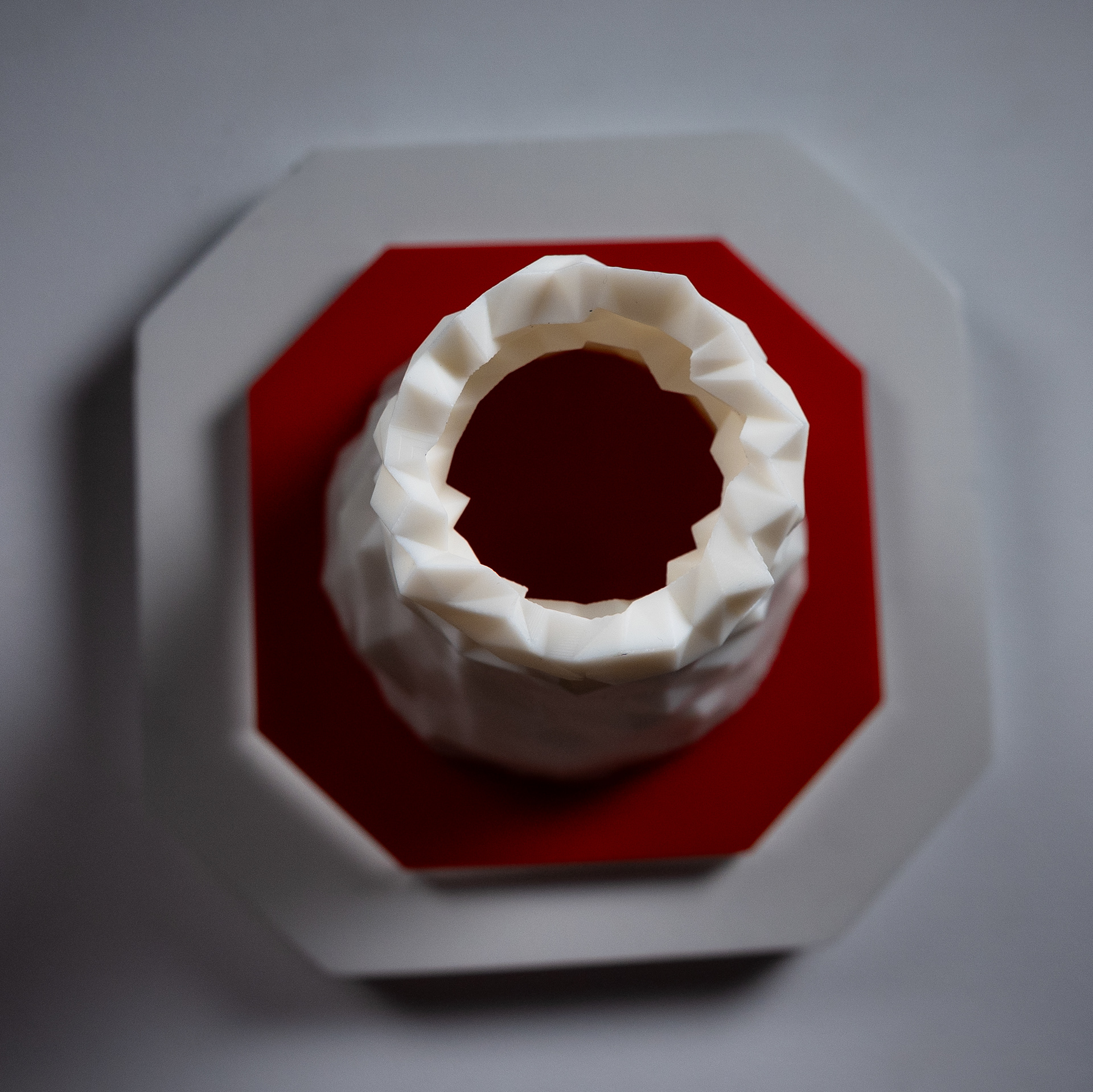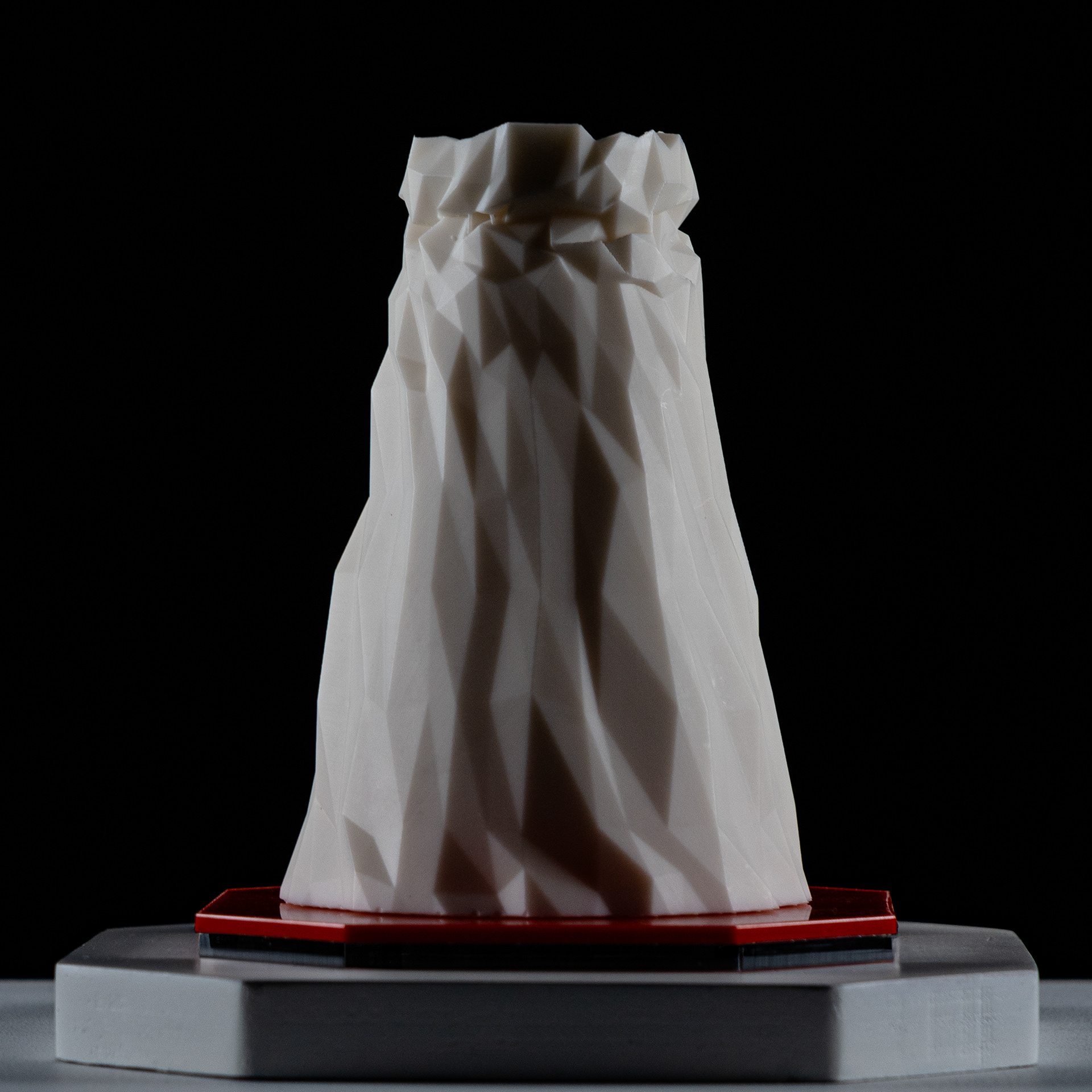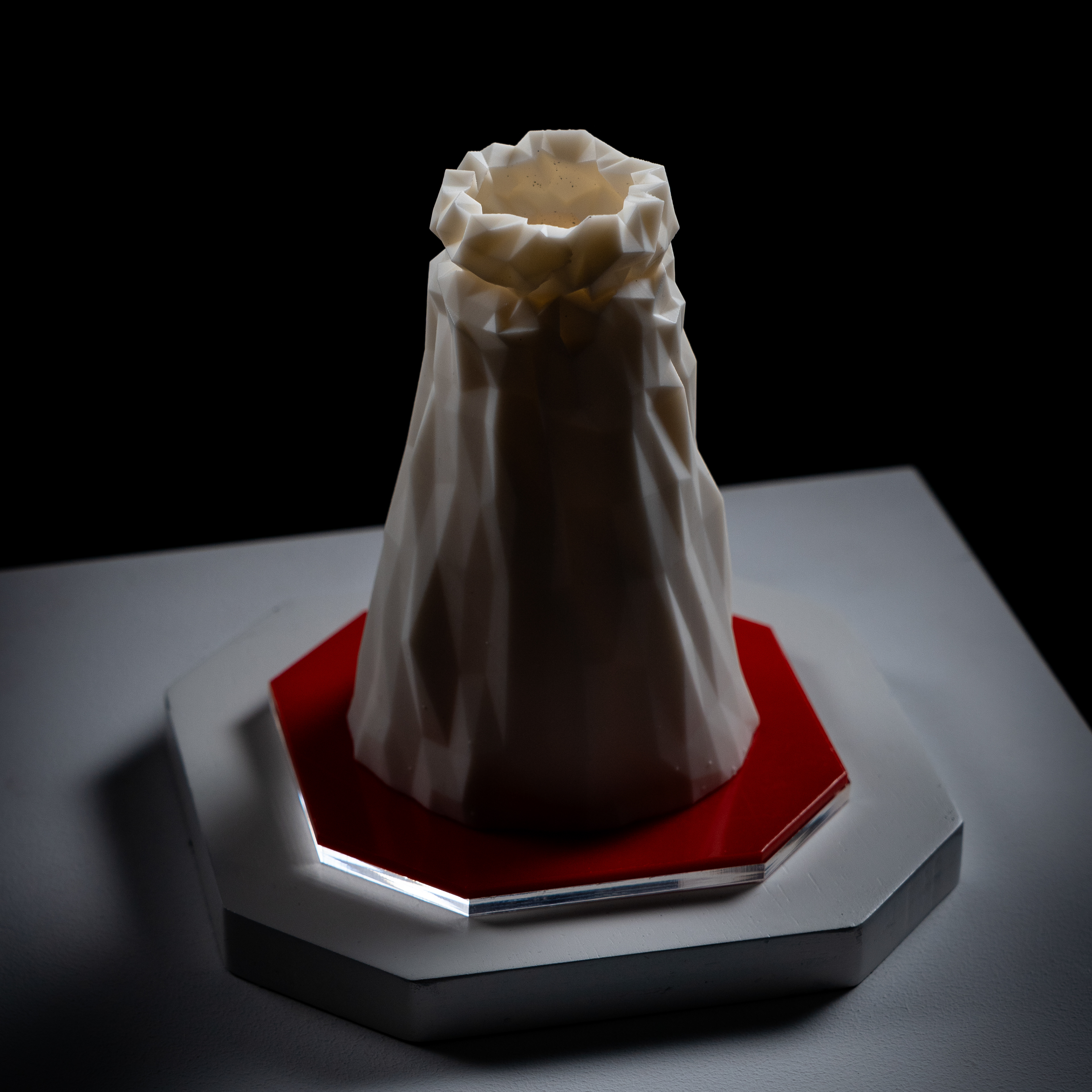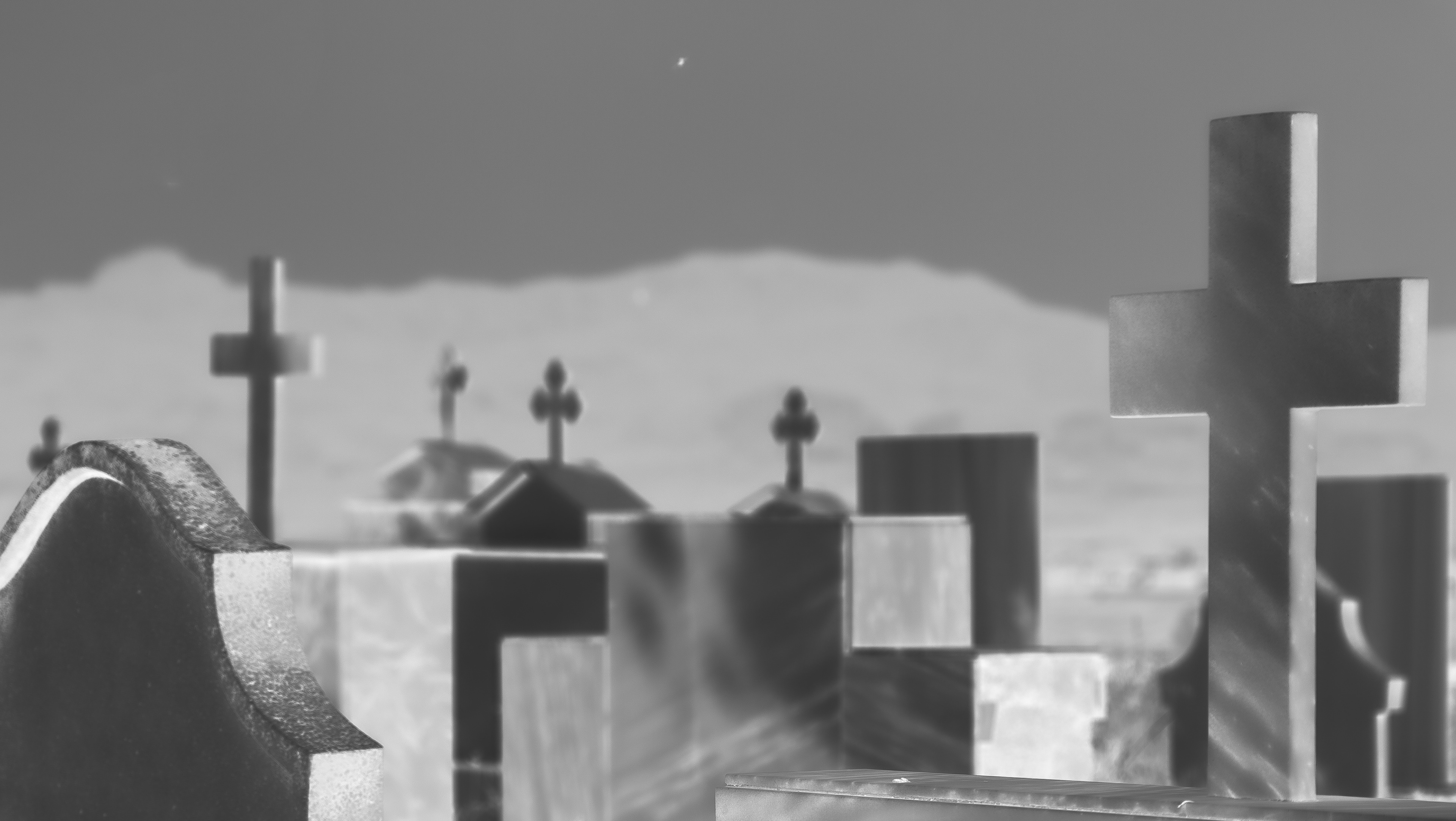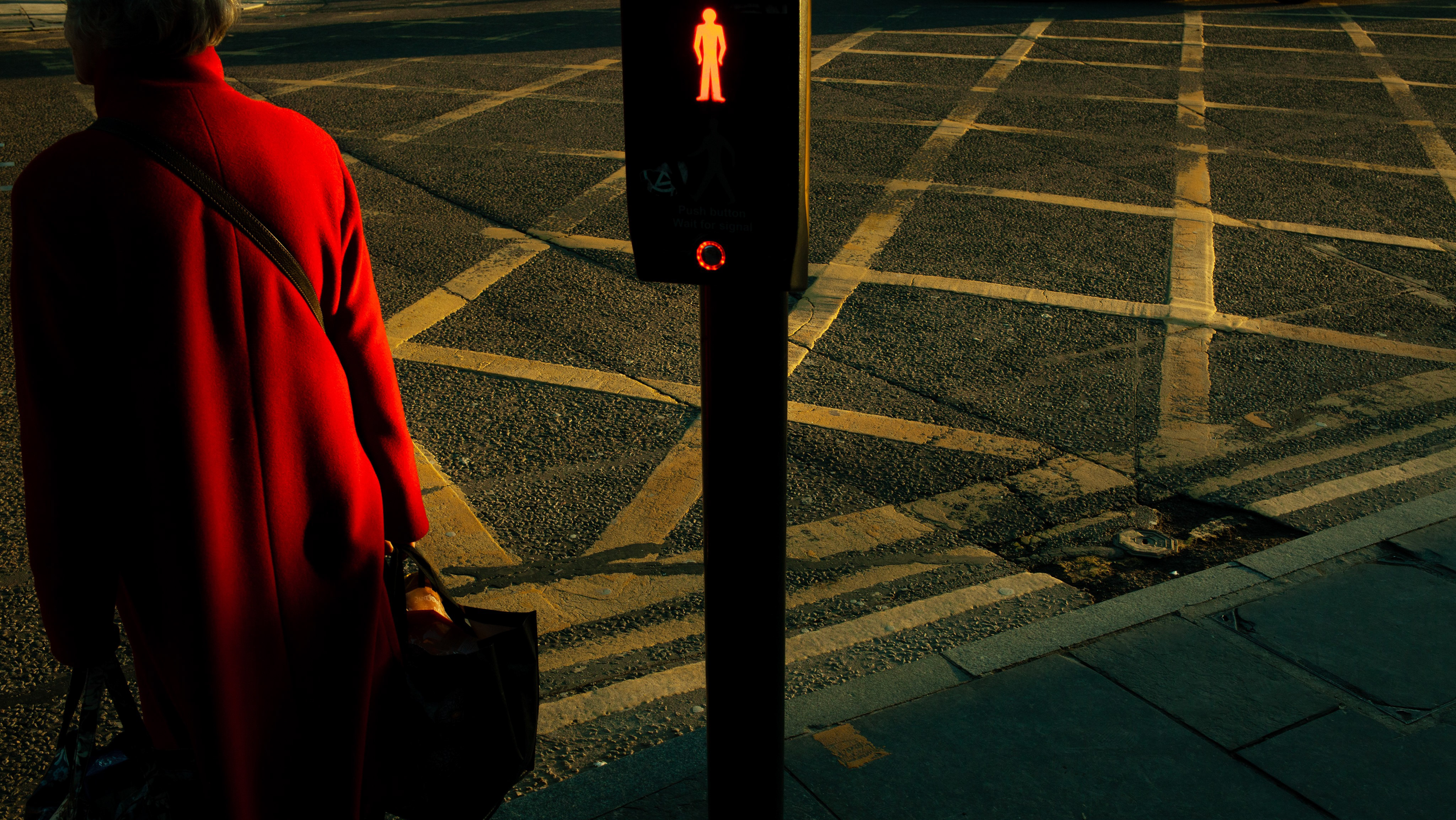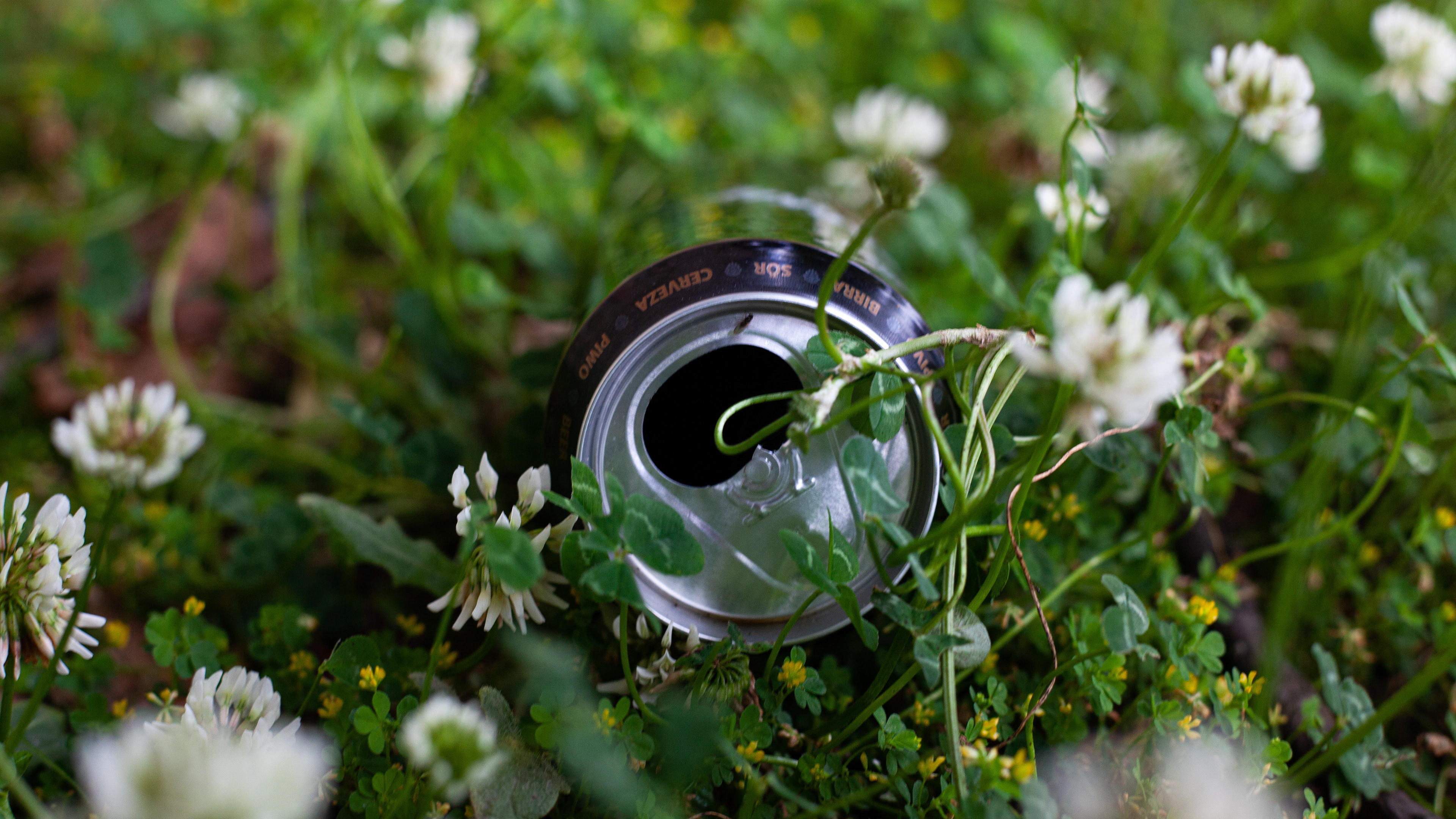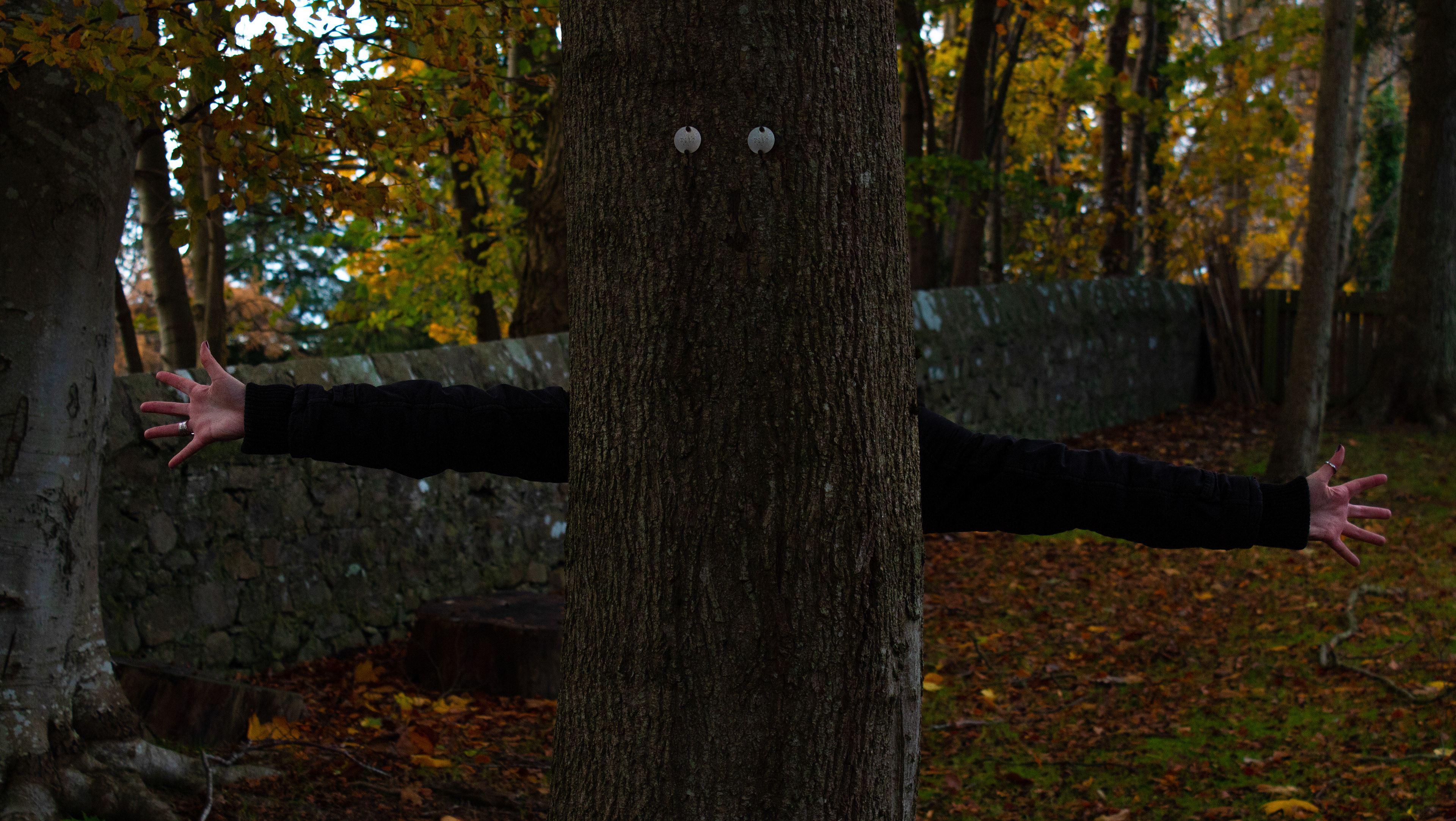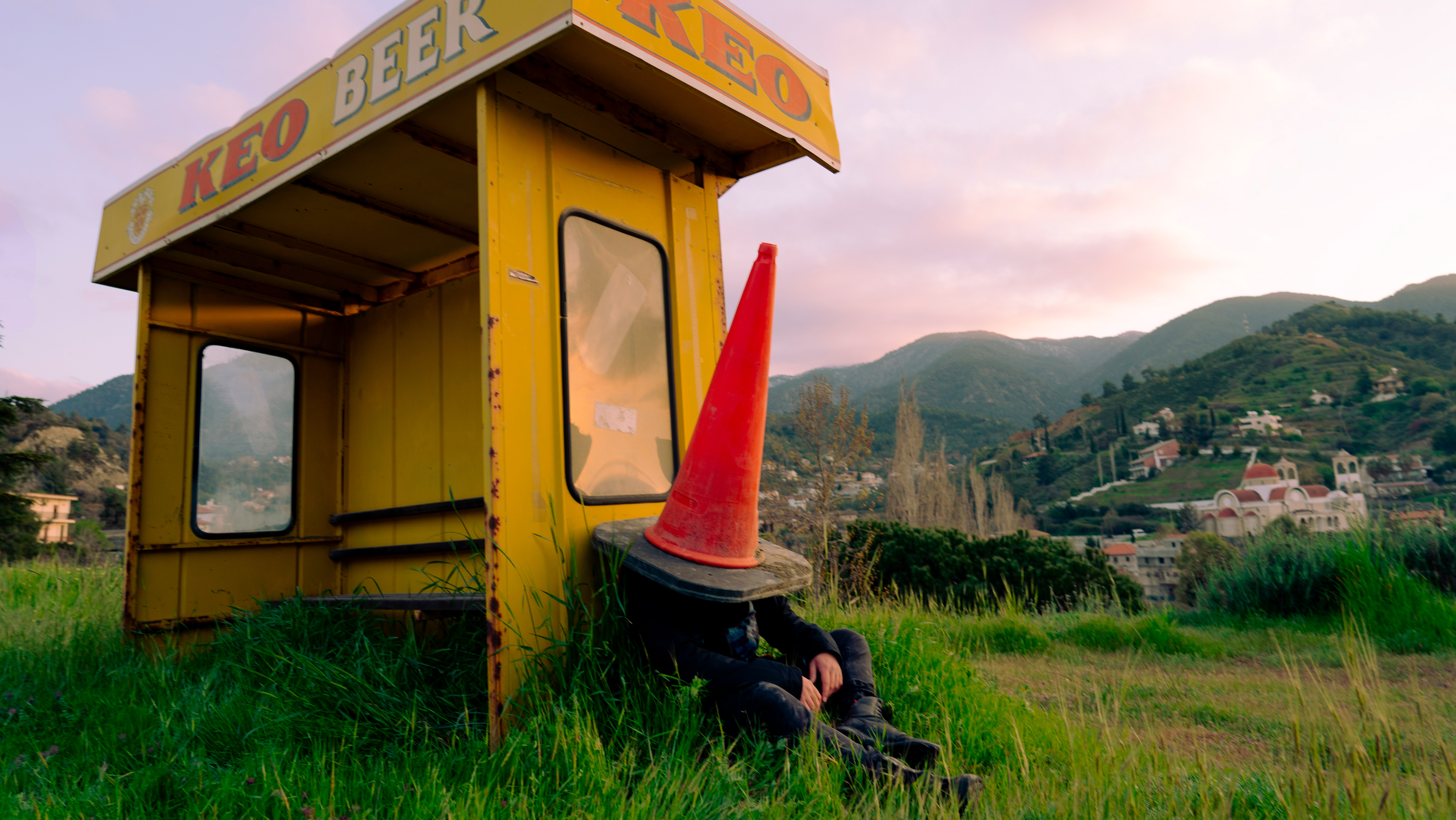Untitled #1
Currently in my art practice, I am fascinated with the idea of transforming an object from three-dimensional (3D) to two-dimensional (2D) and vice versa. My education as a fine artist assisted me in using and combining various mediums to produce an outcome whether in the form of an installation, photography, or video. Being intrigued by the aesthetics of the street and its objects, such as traffic lights, traffic cones, and signs I decided to use again a traffic cone as a starting point for this exploration. However, this time, I intended to approach this thematic area and the object itself in an entirely new manner. Simultaneously, I was looking into the idea of how I could turn my photographic work into sculptures. More specially I was investigating the following concept: As a visual artist I capture a traffic cone (a 3D object) and then the photograph becomes 2D. In what ways could I reverse it and turn this photograph into a 3D object? This was the point where my work truly shifted towards a more digital-art-oriented direction signalling the development of my practice. To begin, I needed to find a way to transform my photographs into data. I decided to learn a programming language, choosing Python. Specifically, I used twenty of my photographs from the last few years, where the traffic cone is the main element. By analysing the histograms of each photograph with Python, I converted the data into numerical values.
Screenshot from Blender showcasing multiple 3D traffic cone models
These values, then influenced the appearance of a virtual 3D traffic cone model that I created using Blender, a free 3D software. These numbers then influenced the appearance of the traffic cone model that I initially created, resulting to an object that was influenced by the data of my photographic cone that include traffic cones. It is worth mentioning that one of the commands in my code introduced random values in adjusting the appearance of the traffic cone. This means that each time I would generate a new outcome the result would be unique. This is a direct reference to “Controlled randomness”, which was used by Dadaists. The outcome was a 3D model, which was 3D printed at Thinker Maker Space, Nicosia, Cyprus.
